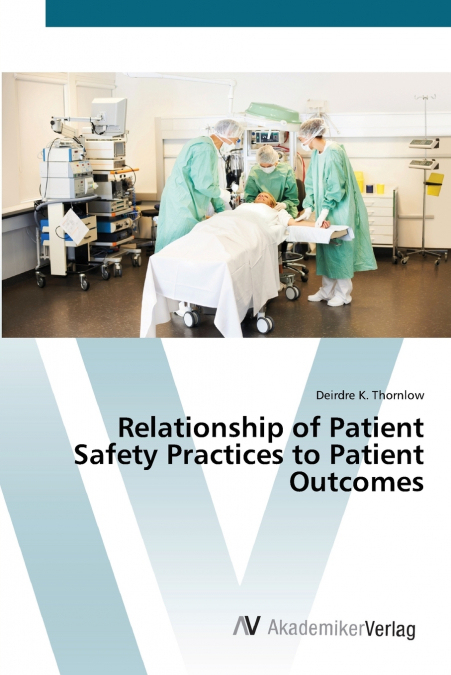
Deirdre K. Thornlow / Deirdre KThornlow
Revision with unchanged content. Secondary data were used to examine the relationships between hospital characteristics, utilization of patient safety practices, and patient outcomes in a stratified probability sample of acute care hospitals in 20 states in the US. Patient safety outcome rates for infections due to medical care, decubitus ulcers, failure to rescue, and post-operative respiratory failure were calculated using the AHRQ Patient Safety Indicator software; multivariate regression was used to determine the statistical significance of the relationships. Hospital characteristics were inconsistently related to patient outcomes. The effects of using patient safety practices, and specifically the effects on patient outcomes, appeared dependent on the outcome measured. Hospitals with poorer performance in the use of patient safety practices exhibited higher rates of infections due to medical care and decubitus ulcers than hospitals with better performance in using patient safety practices, but no differences were noted in hospital rates of postoperative respiratory failure or failure to rescue. Certain adverse events, such as infections and decubitus ulcers, may be amenable to the development of patient safety policies and preventive procedures.